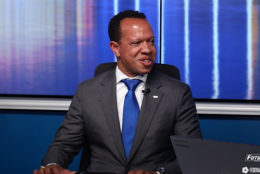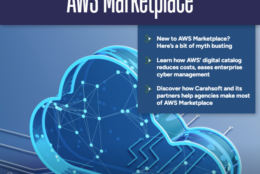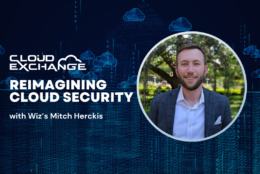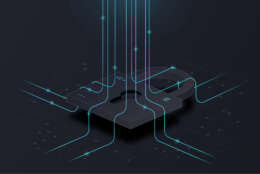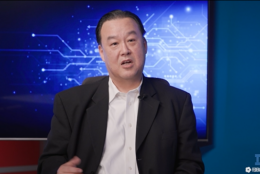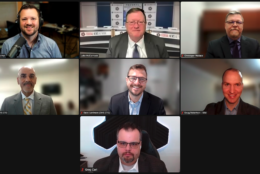SDFM The Business of Defense
-
DOE, FDIC and DHS tech leaders of the CIO Council’s Innovation Committee collaborate with agencies on how to think differently about operations and technology.
June 26, 2024 -
Tech leaders from CACI, Future Tech Enterprise, MITRE and SAIC share insights on importance, benefits of taking user-centric approach to lifecycle management.
June 26, 2024 -
Localizing oversight helped CBP bring its decentralized records management process into compliance with NARA's standards.
June 25, 2024 -
Genesys' U.S. public sector vice president offers actionable insights on improving CX through agent assist technology and cloud.
June 25, 2024 -
Former White House official says agencies are in the midst of a “culture change” when it comes to cybersecurity.
June 20, 2024 -
Agencies need to prepare for the fact that when they go to the cloud, there’s a shared responsibility for protecting the data, Rubrik's public sector CTO says.
June 20, 2024 -
How can leaders in DoD rapidly strengthen security, reduce costs and protect high-value assets in real time?
June 20, 2024 -
CISA is helping agencies advance data security, while ensuring it has its own data house in order.
June 18, 2024 -
Records are made up of a variety of formats. What were primarily reports on paper make up about 70% of what is generated at TVA.
June 18, 2024 -
IBM provided its own grounds for testing and developing a set of AI tools. It can help client organizations avoid some of the initial mistakes.
June 18, 2024 -
What technology initiatives have been successful and what are plans for the future?
June 18, 2024 -
With further tasking and resources, CISA could supply more help to address major challenges that impede FCEB ZTA implementation.
June 17, 2024 -
ServiceNow federal CTO says expanding use of AI and advanced CX will help with gaining public’s trust in government’s digital services.
June 17, 2024 -
Multi-cloud, if approached with foresight, can be the solution agencies need to deliver flexibility, scalability and cost-savings across their enterprise.
June 13, 2024


